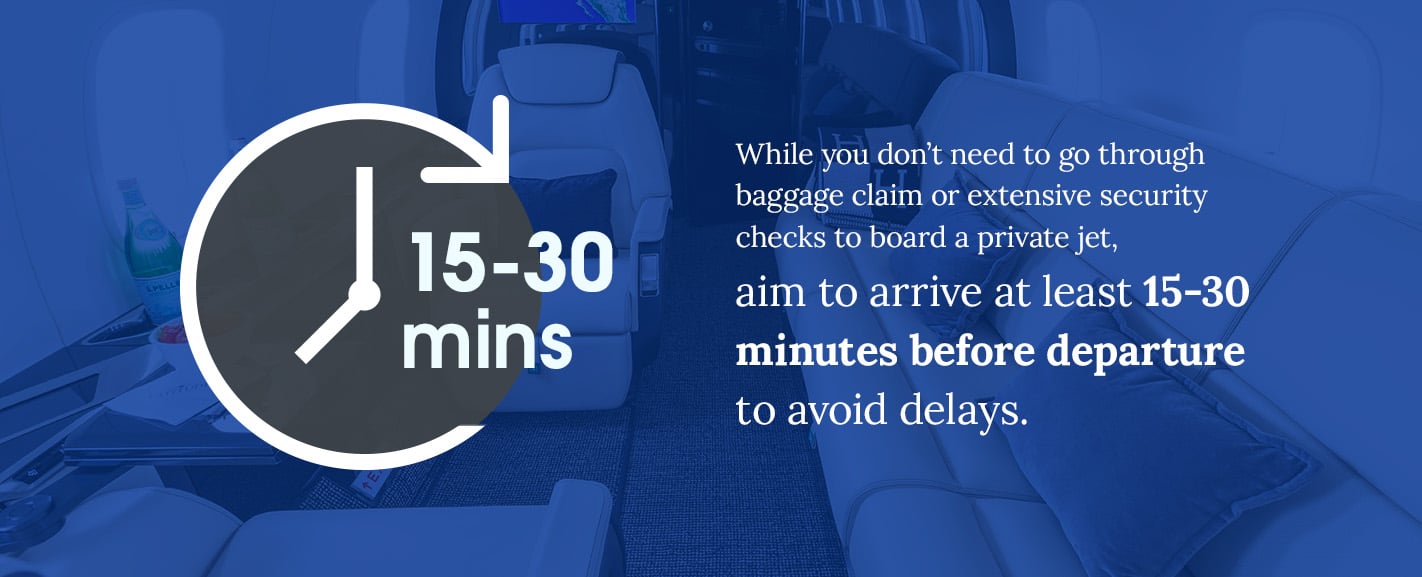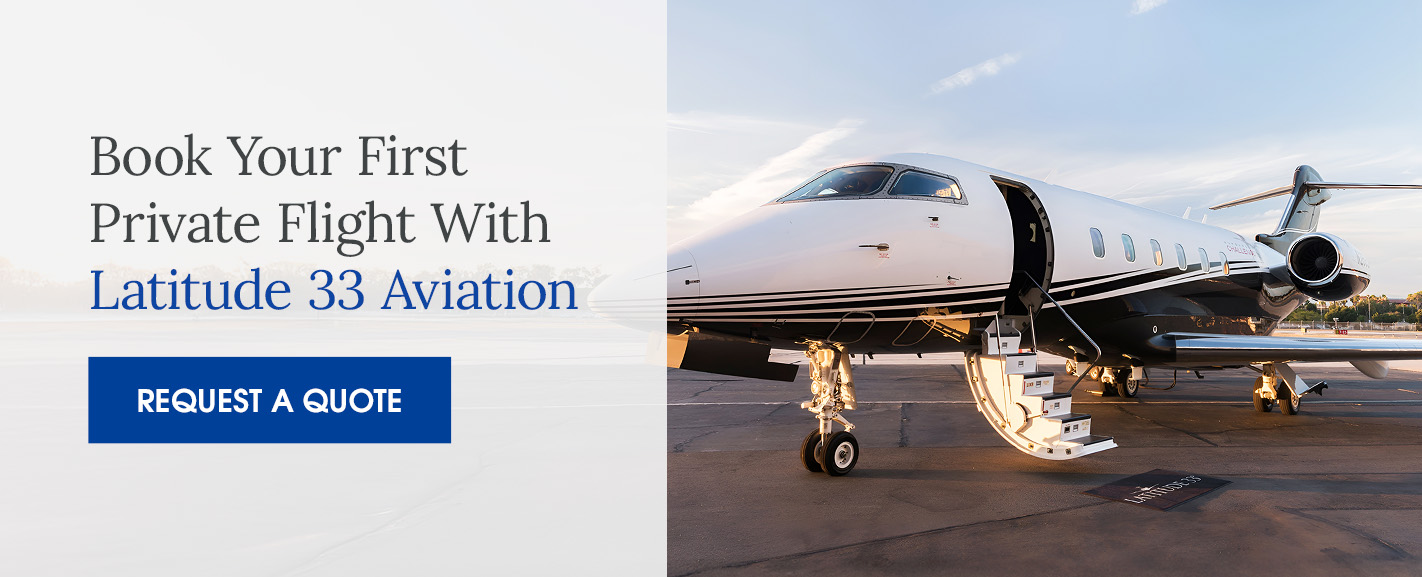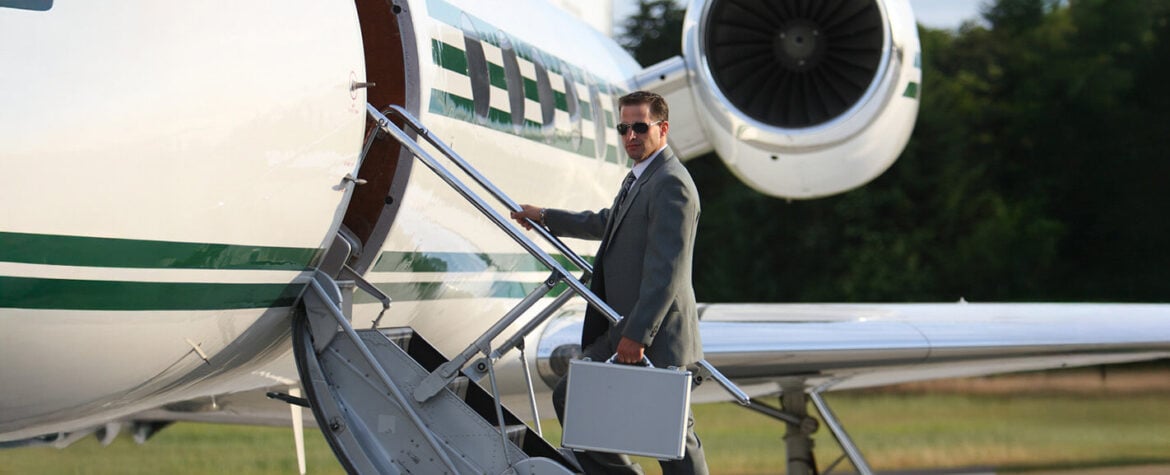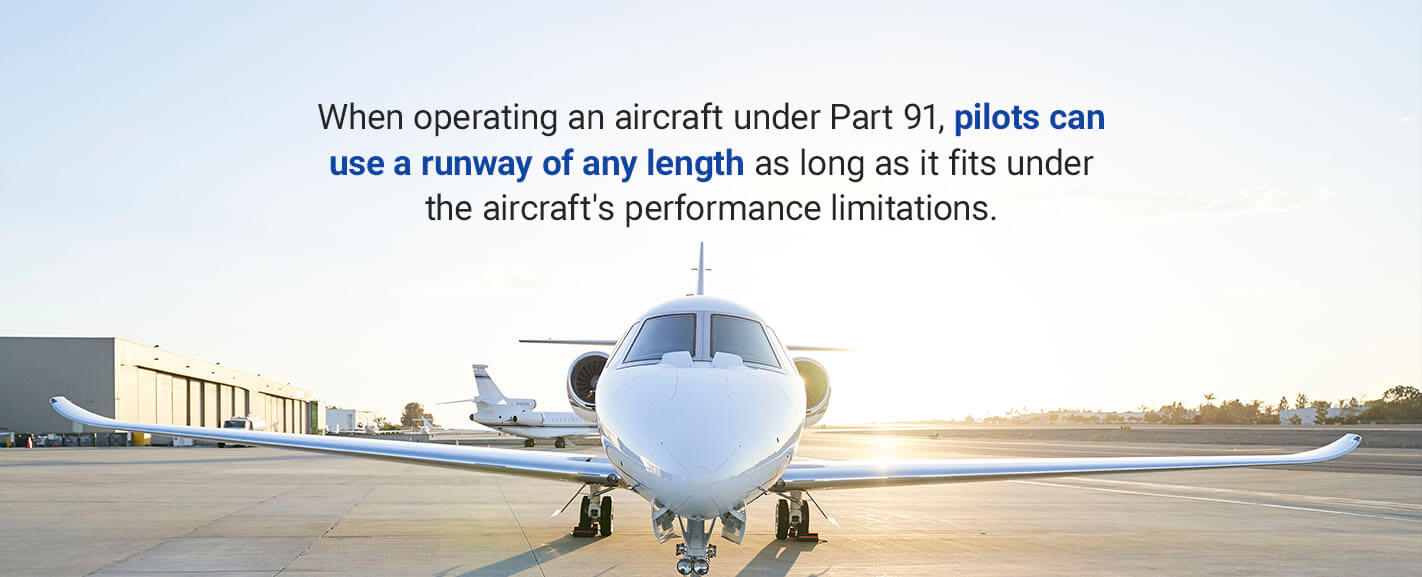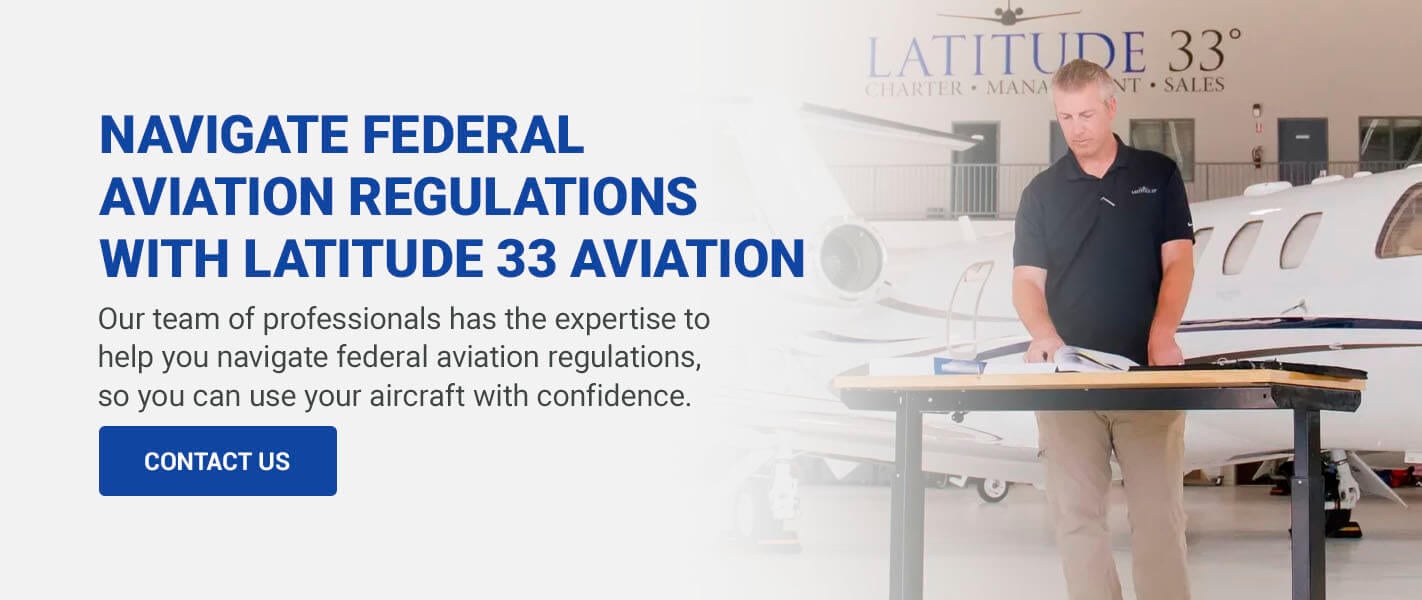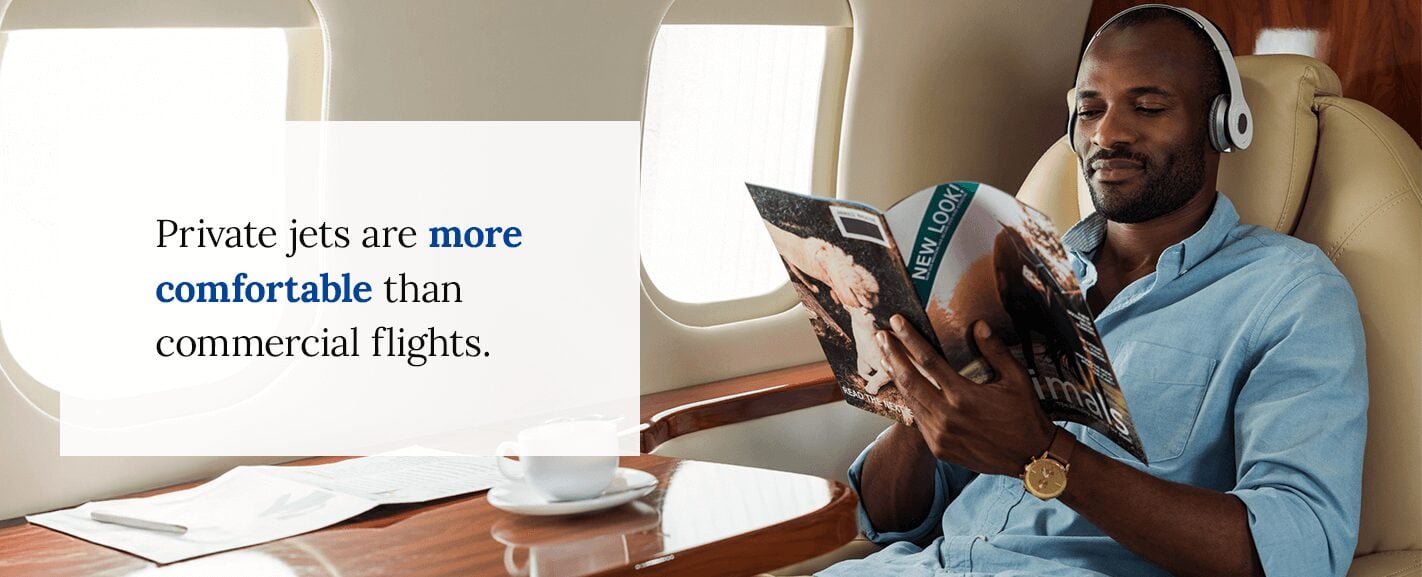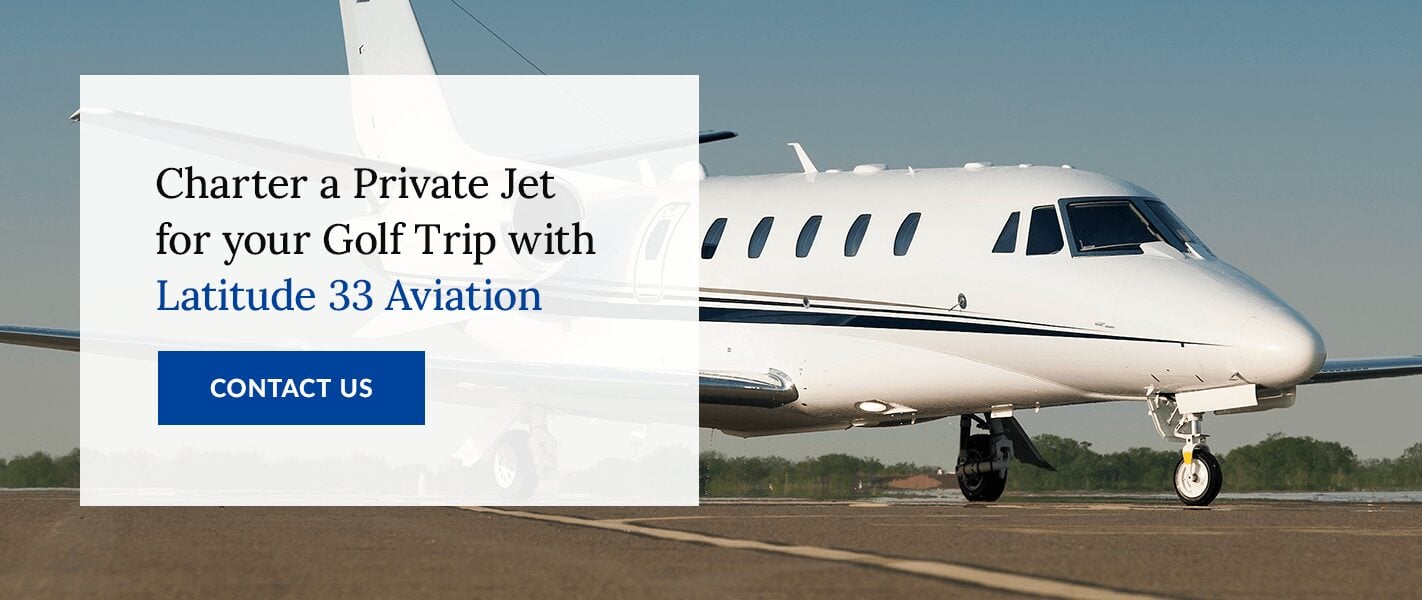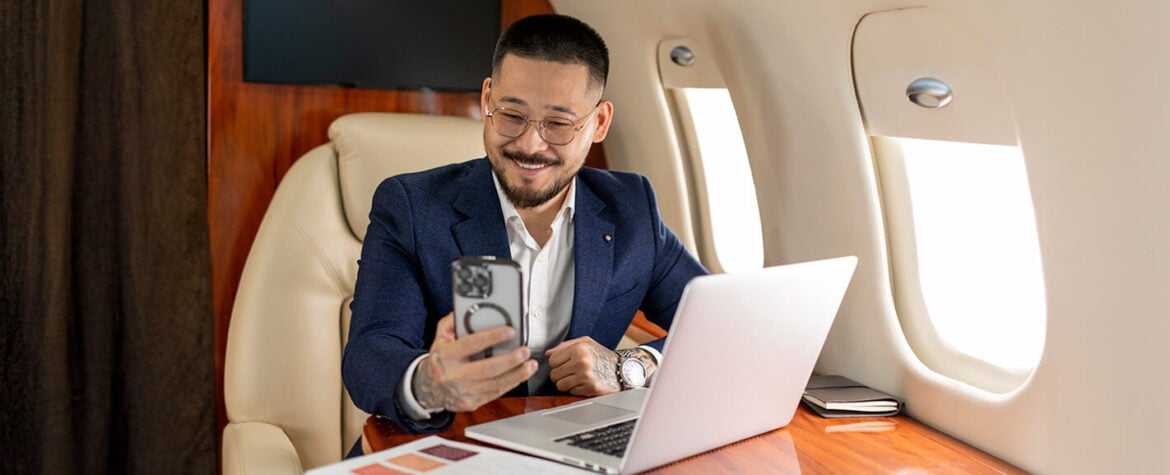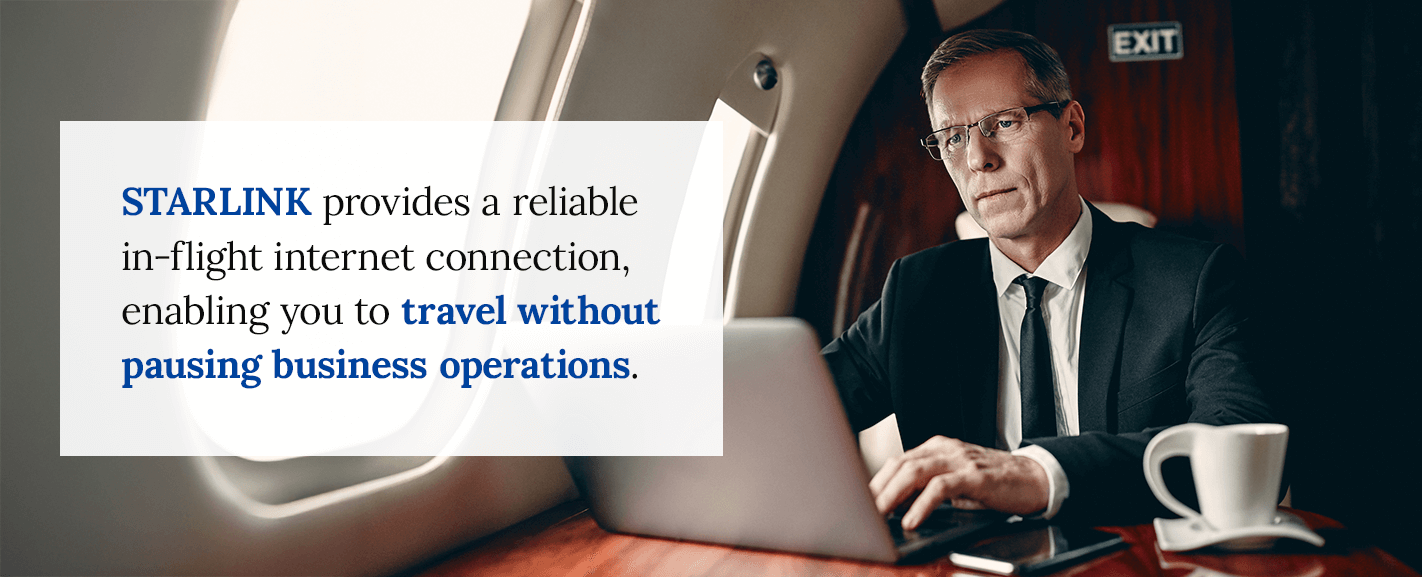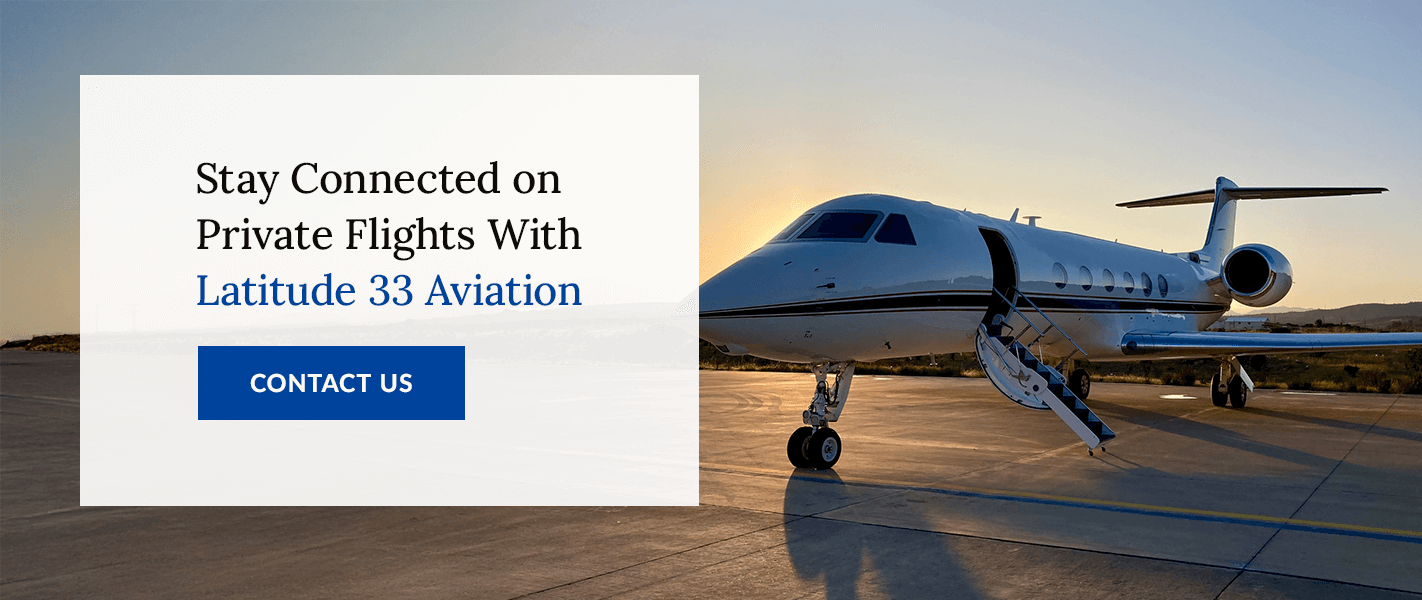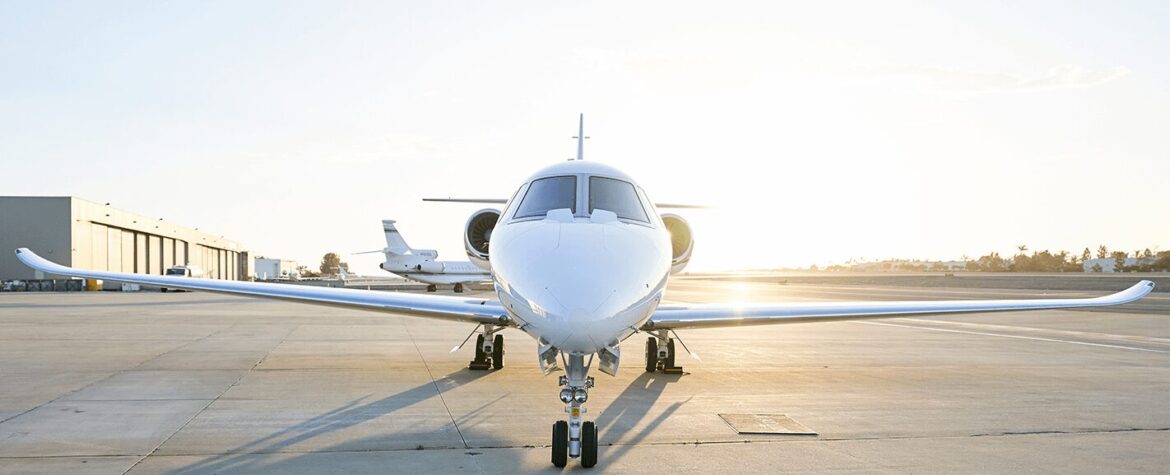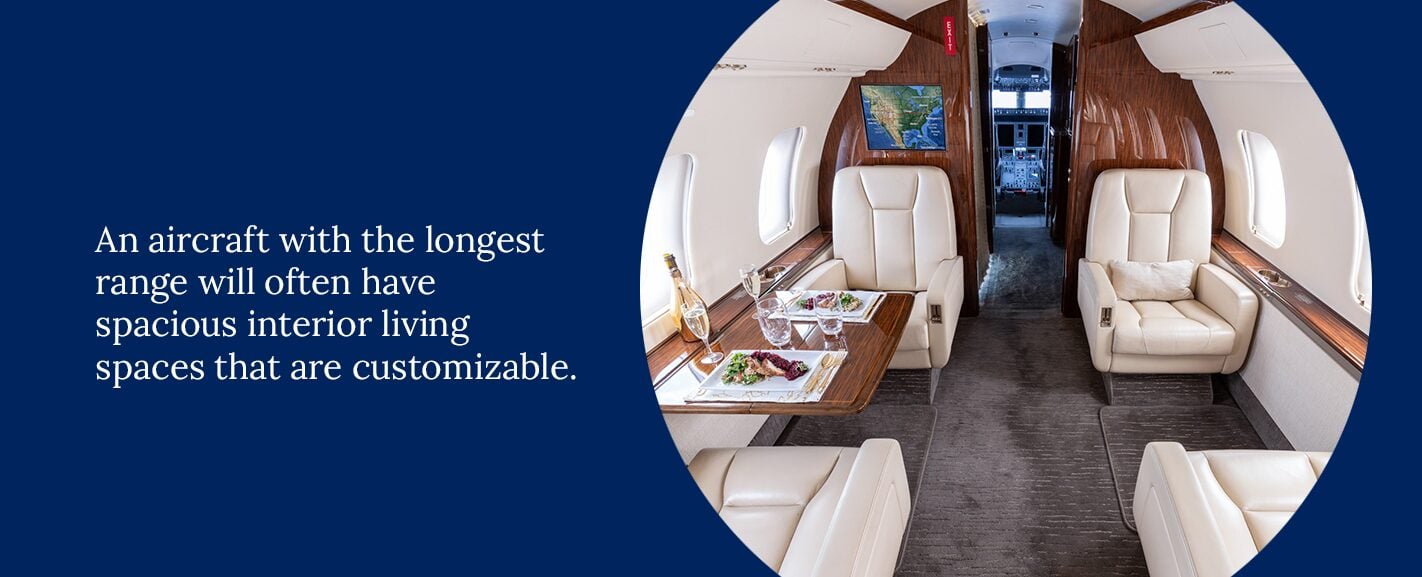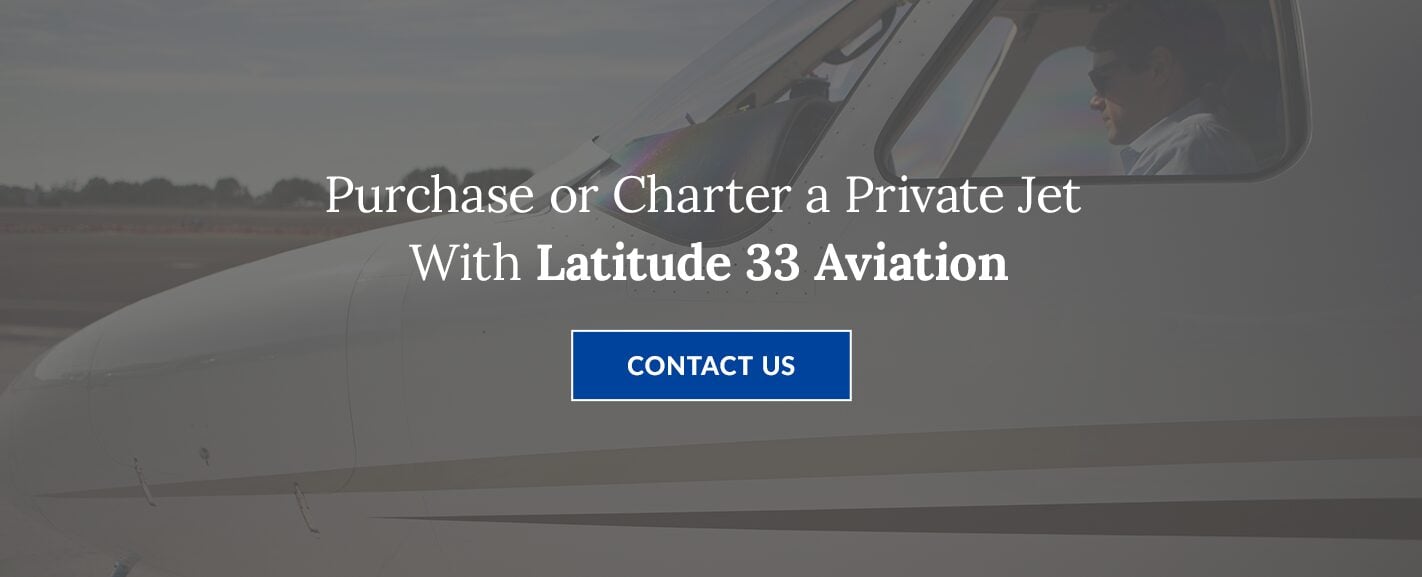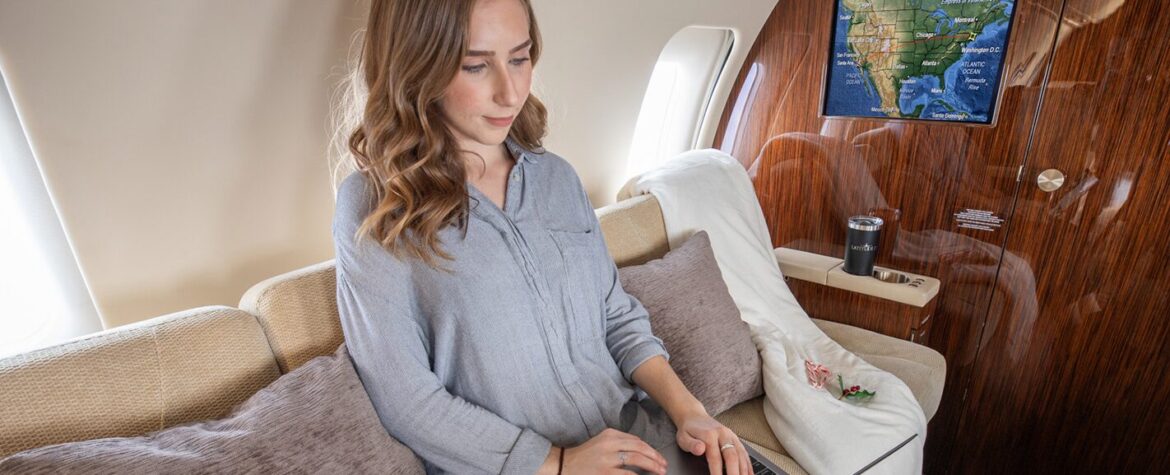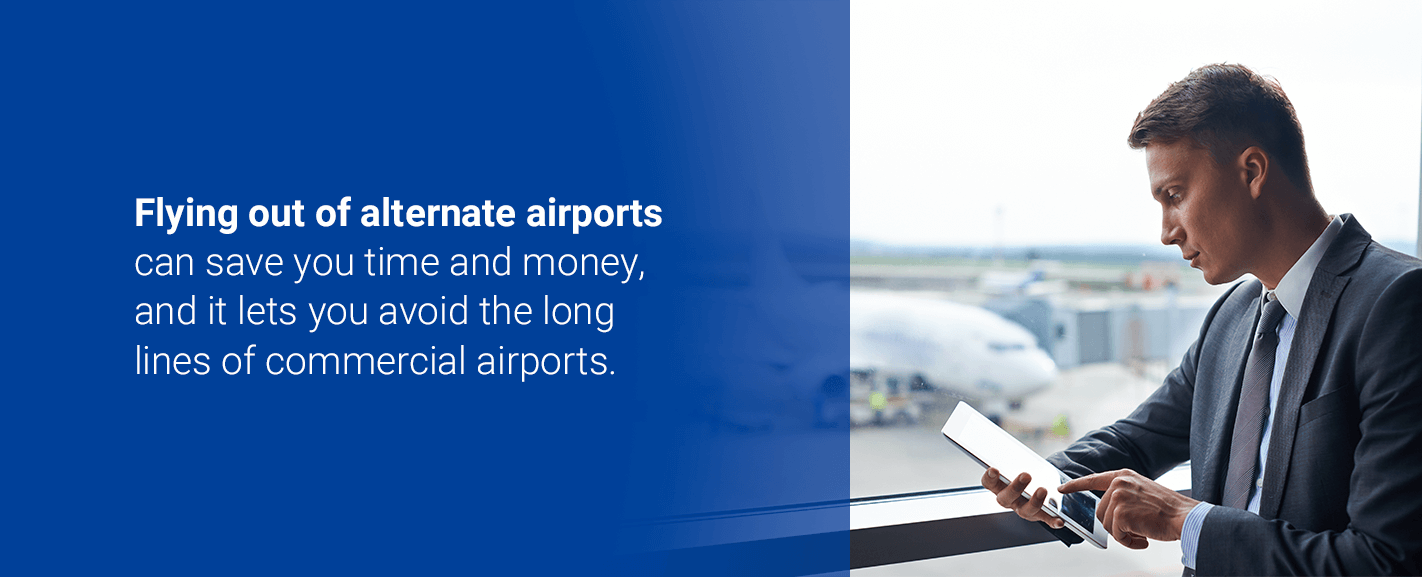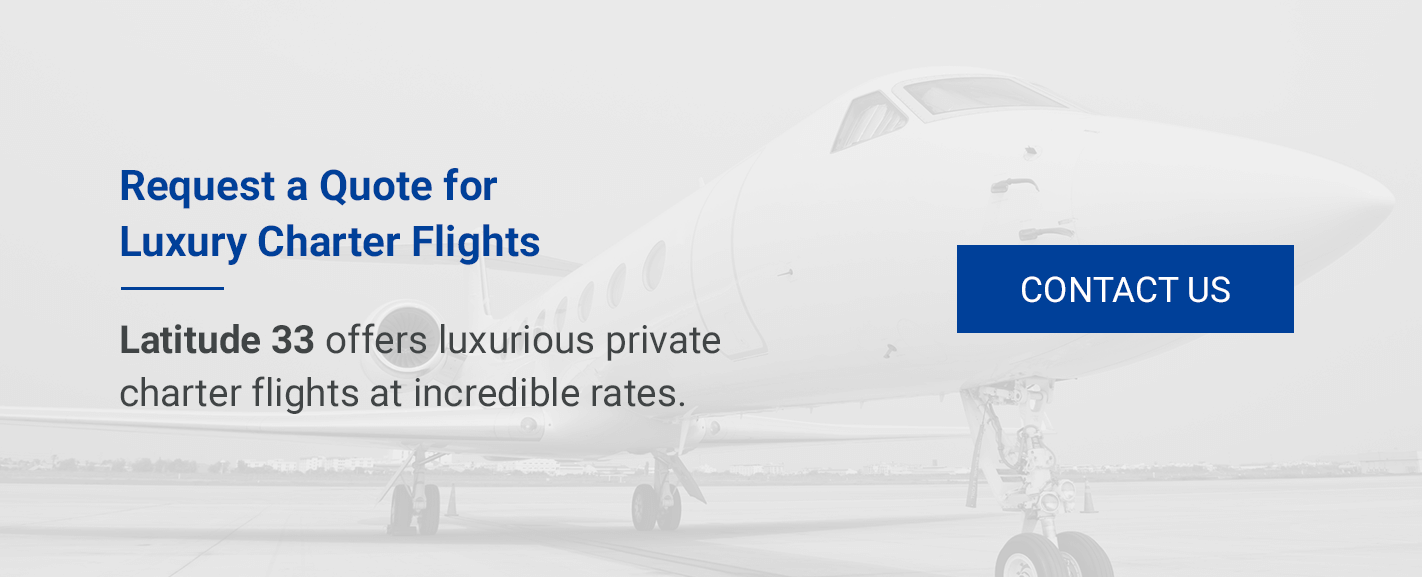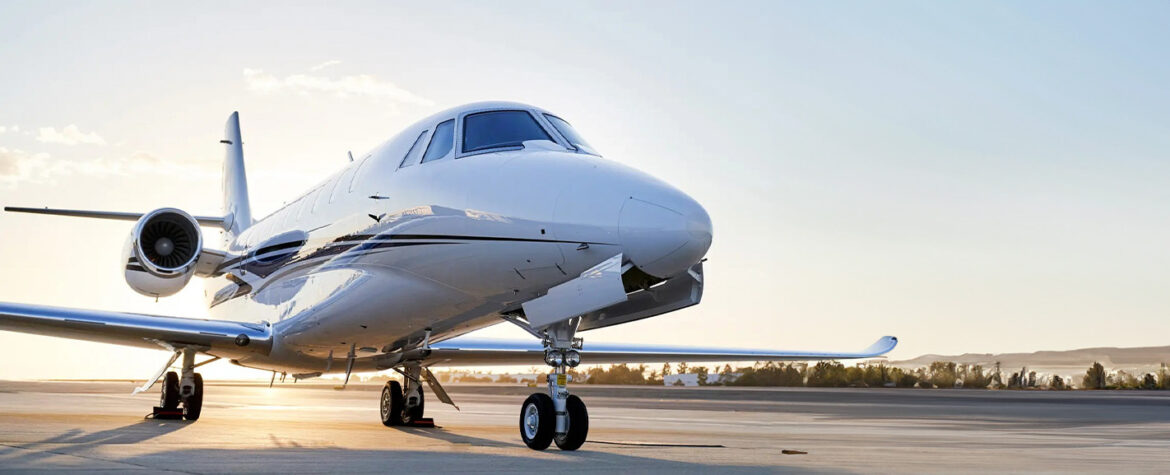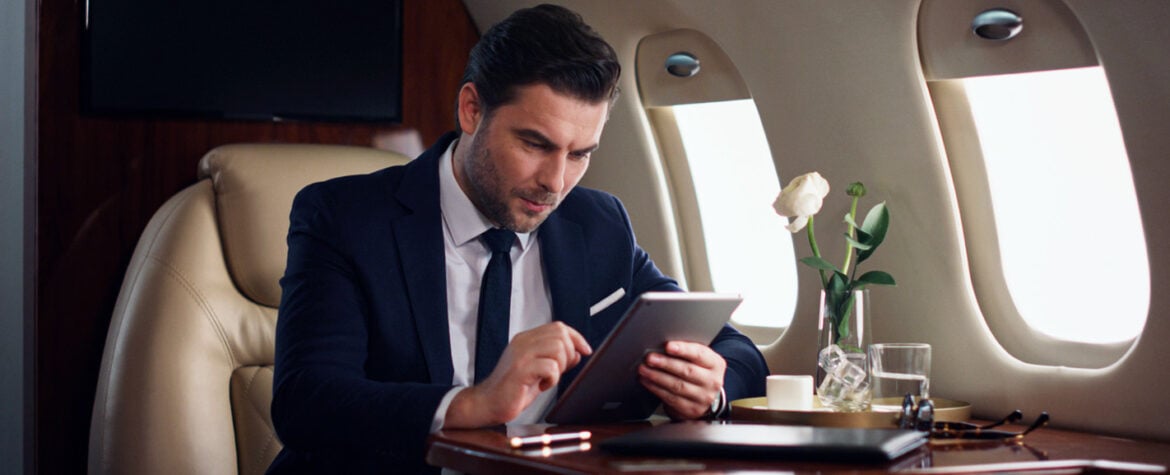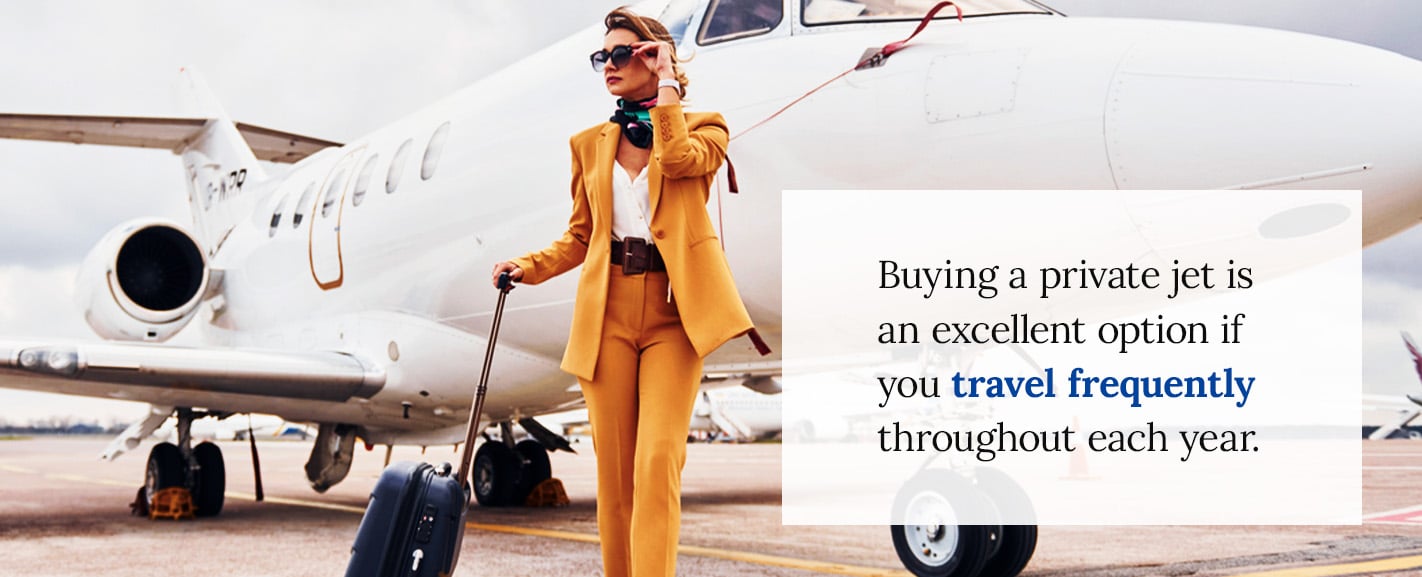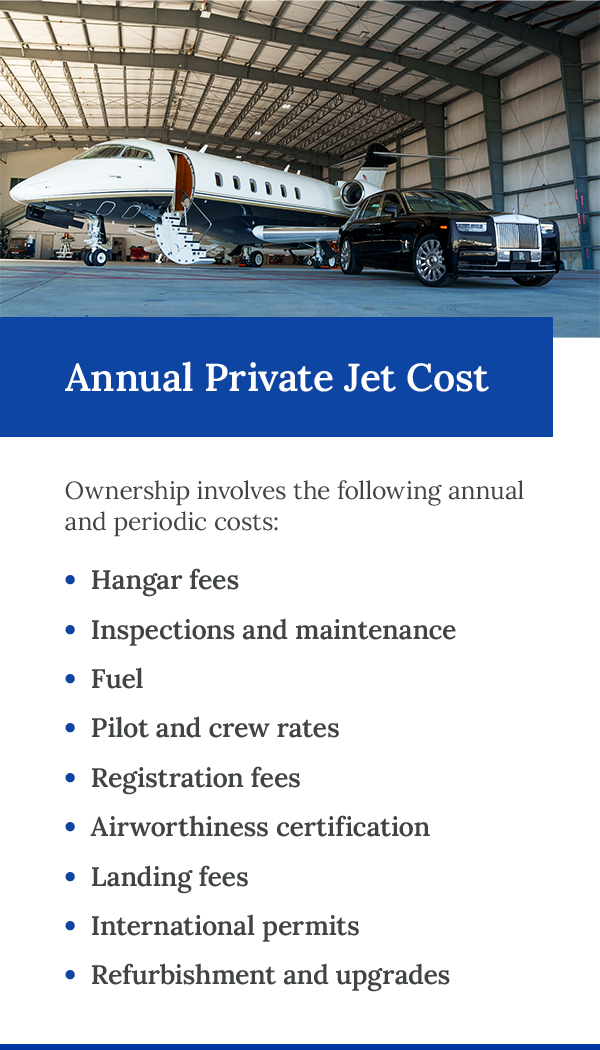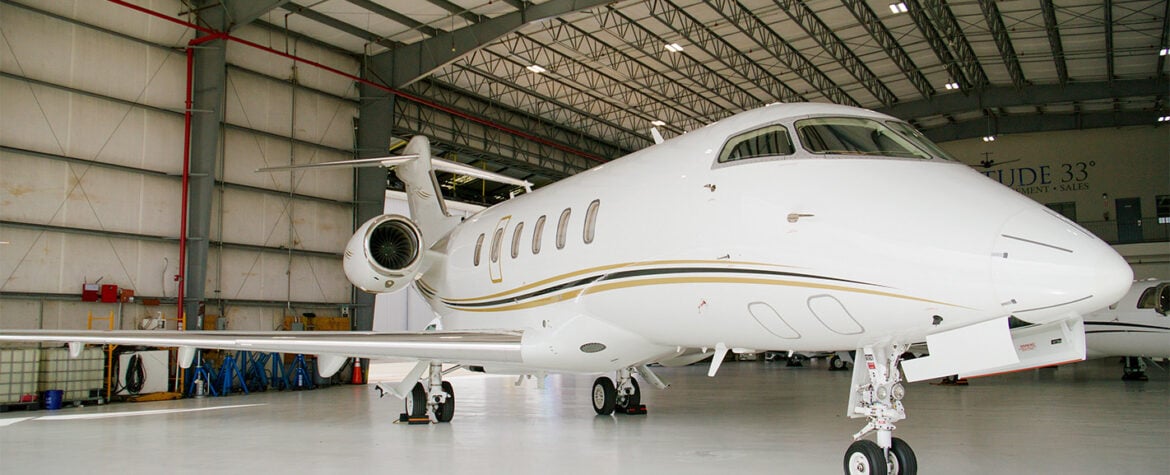Traveling with aging parents, grandparents, or loved ones who need extra care can be stressful when flying commercially. Long security lines, crowded terminals, uncomfortable seating, and rigid airline schedules create unnecessary challenges for families. Private aviation offers a better way to travel, providing comfort, privacy, and thoughtful support for senior travelers who deserve a dignified and relaxed experience.
Latitude 33 Aviation works closely with families across Southern California and beyond to make private jet travel easier, safer, and more enjoyable for older passengers. Whether your trip begins in San Diego, Orange County, Los Angeles, Carlsbad, Scottsdale, or Las Vegas, our team understands the added attention and planning that senior travel requires.
Why Private Jet Travel Is Ideal for Aging Loved Ones

Flying privately eliminates the most difficult parts of commercial travel. Families appreciate:
- No busy airport terminals or TSA lines
- Comfortable, quiet cabins
- Flexible travel schedules
- Ground-level boarding in many locations
- Personalized service tailored to health and mobility needs
- A dedicated crew focused entirely on their passengers
For aging travelers, fewer people, fewer steps, and less stress can make all the difference.
Thoughtful Planning Makes the Experience Even Better
A little planning ahead helps ensure a comfortable and seamless experience. Our team helps families prepare for every stage of the journey.
Prioritize Comfort
Discuss cabin temperature, seating preferences, additional pillows, blankets, preferred lighting, and even whether a bed or lie-flat sleeping arrangement is available based on aircraft type. Preparing these details in advance helps your loved one relax and enjoy the flight in complete comfort.
Helpful Ground Support
Latitude 33 Aviation can help coordinate ground transportation, including luxury vehicles, ADA-accessible vehicles, or specialized non-emergency medical transport. Direct ramp access reduces walking, waiting, and stress.
Mobility Support
If your loved one uses a wheelchair, walker, cane, or mobility device, let us know ahead of time. Our team ensures proper handling, storage, and assistance, while maintaining safety and dignity.
No Rush, No Crowds
Private aviation allows boarding at a relaxed pace. Without gate changes, airport congestion, or strict timelines, families can focus on comfort instead of logistics.
Traveling with Comfort, Dignity, and Family Needs in Mind
When flying with an aging loved one, the journey should feel calm, respectful, and reassuring. Private aviation allows families to create an environment centered around comfort, dignity, and personal care instead of adapting to crowded airports and rigid airline policies.
Pets Can Stay Close in the Cabin
Many seniors feel more relaxed when their small dog or cat travels with them. Unlike commercial airlines where pets may need to travel below the cabin or under strict limitations, private jet travel allows pets to remain by your side in the cabin. This reduces anxiety, keeps loved ones comfortable, and makes the experience more enjoyable for everyone. Latitude 33 Aviation can assist with:
- Cabin seating considerations for pets
- Comfort items for your dog or cat
- Guidance for safe and stress-free pet travel

Planning Around Restroom Needs and Physical Well-Being
Restroom accessibility is an important consideration for senior passengers. With private aviation, families benefit from flexibility such as:
- Ensuring restroom access is available onboard when needed
- Selecting the right aircraft for flight duration and mobility comfort
- Building planned stops into longer trips
- Allowing time to stretch and relax when beneficial
Preserving Comfort and Dignity Throughout the Journey
Above all, our priority is preserving the dignity of your elderly parent or loved one. Travel happens at their pace, with privacy, discretion, and attentive care throughout the experience. There is no rushing. No public crowds. No overwhelming environments. Instead, the experience is calm, respectful, and reassuring.
Latitude 33 Aviation approaches every senior travel experience with compassion and care, ensuring your loved one feels valued, respected, and supported from takeoff to landing.

A Better Way to Travel Together
Private aviation is about more than convenience. It allows families to spend meaningful time together while removing the complications and anxieties that often come with commercial flying, especially for senior travelers.
Whether you are visiting family, traveling for medical needs, celebrating a milestone, or planning a well-deserved vacation, Latitude 33 Aviation is here to support you every step of the way. We proudly serve travelers throughout:
San Diego • Orange County • Los Angeles • Carlsbad • Van Nuys • Palm Springs • Las Vegas • Scottsdale • Riverside County • Ventura County • Santa Barbara
Wherever your journey takes you, we make private jet travel thoughtful, comfortable, and stress-free.
Ready to Learn More?
Contact Latitude 33 Aviation to speak with a private aviation expert and discover how private jet travel can make your next family trip easier, safer, and more comfortable.
FAQs
Yes. Pets are allowed to travel inside the cabin on most private flights, helping reduce stress and keeping elderly travelers comfortable.
Many aircraft do. Our team helps select the right aircraft, ensuring restroom availability or planned stops for longer flights.
Absolutely. We help coordinate ADA support, wheelchair assistance, and safe handling of mobility devices.
Yes. Private aviation eliminates TSA lines, crowded terminals, long walks, and rushed boarding, making the experience significantly easier and more dignified.
Yes. Private flights reduce stress, eliminate crowded airports, and provide comfortable cabins, flexible schedules, and personalized care.
We serve passengers across Southern California, the West Coast, nationwide, and international destinations.
Yes. Private aviation allows calm, unrushed boarding, giving loved ones time to get comfortable.




